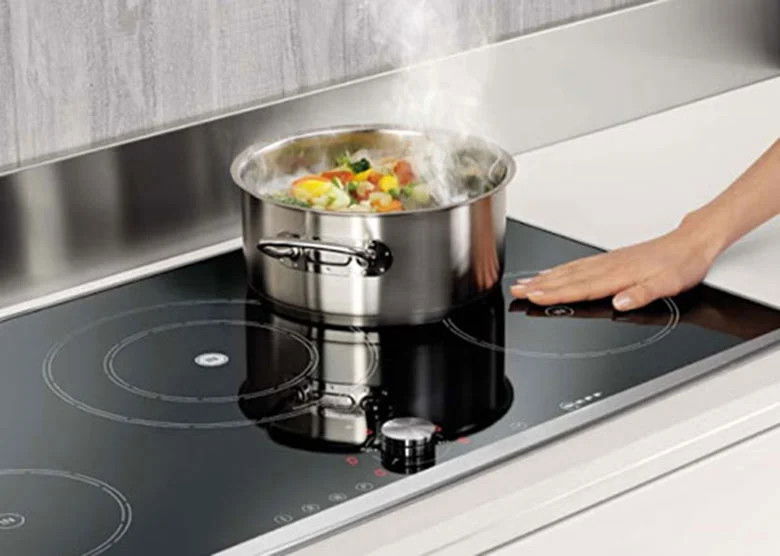
While induction cookers are generally considered safe and energy-efficient, there can be problems if not used correctly. Here are six common mistakes that users might make when using an induction cooker:
Incompatible Cookware:
Induction cookers require cookware with a magnetic bottom, such as cast iron or stainless steel. If your cookware is not magnetic, the induction cooker may not work properly.
Incorrect Placement of Cookware:

Proper placement of the cookware on the induction cooktop is crucial. Make sure the cookware is centered over the cooking zone and that it covers the entire cooking zone. This ensures efficient heat transfer and prevents damage to the cooker.
High Power Settings for Prolonged Periods:
Induction cookers are highly efficient, and high power settings are typically needed only for quick heating. Prolonged use of high power settings can lead to overheating, reduced efficiency, and increased electricity consumption.
Failure to Clean Induction Cooker Surface:

Regularly clean the surface of the induction cooker to prevent food particles or spills from interfering with its operation. Clean it according to the manufacturer’s instructions, using the recommended cleaning products.
Using Damaged Cookware:
Cracked or damaged cookware can cause uneven heating and may damage the induction cooker. Always check your cookware for any signs of damage before using it on the induction cooktop.
Ignoring Safety Features:
Induction cookers usually come with safety features such as overheat protection and automatic shut-off. Ignoring these features or disabling them can increase the risk of accidents, including fire and explosions. Follow the user manual’s guidelines and use the safety features provided.
If your induction cooker is consuming twice as much electricity as expected and there are safety concerns, it’s essential to contact the manufacturer’s customer support or a qualified technician to assess the issue. Don’t attempt to repair it yourself, as this could void the warranty or lead to further problems.



















